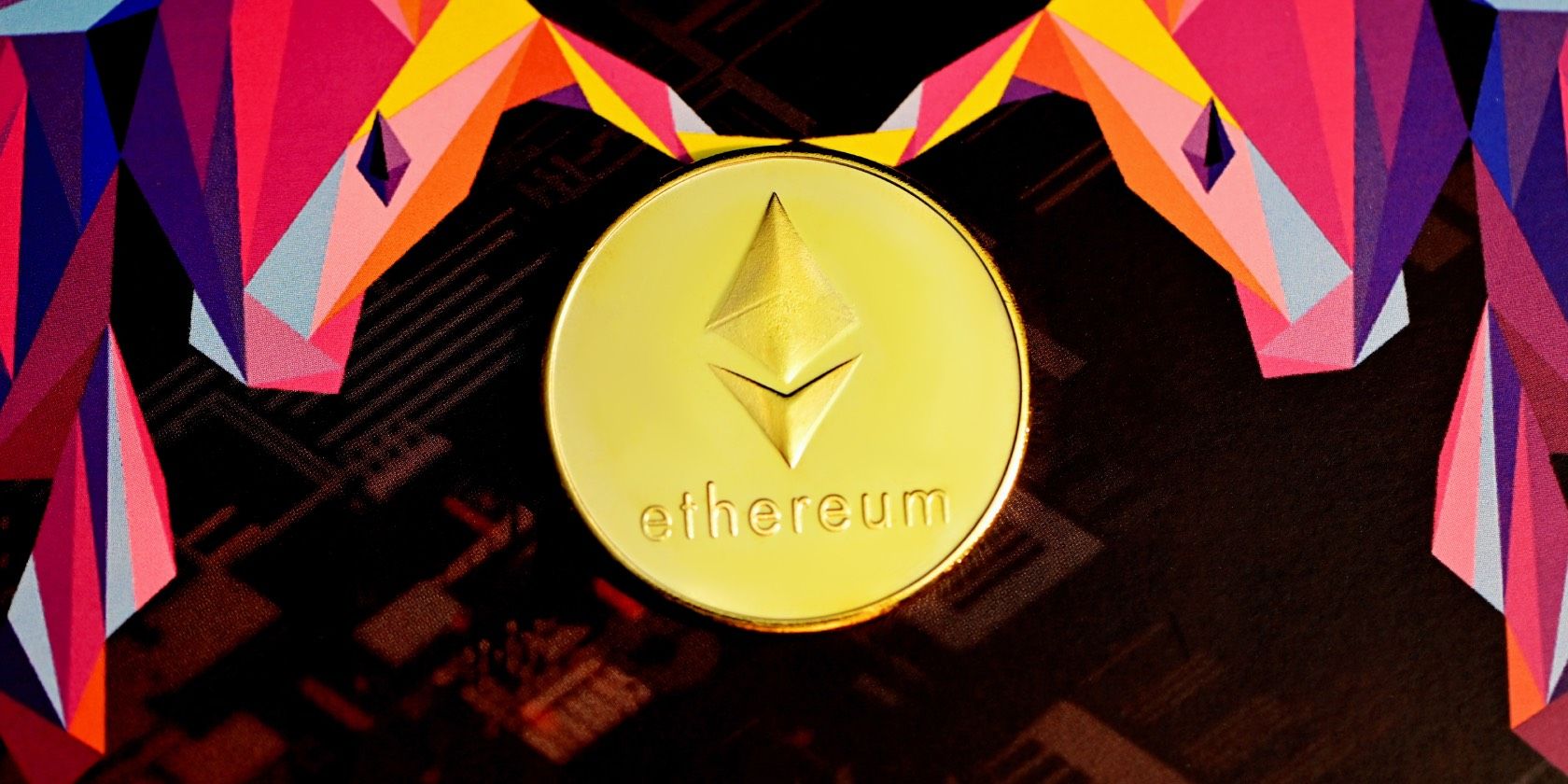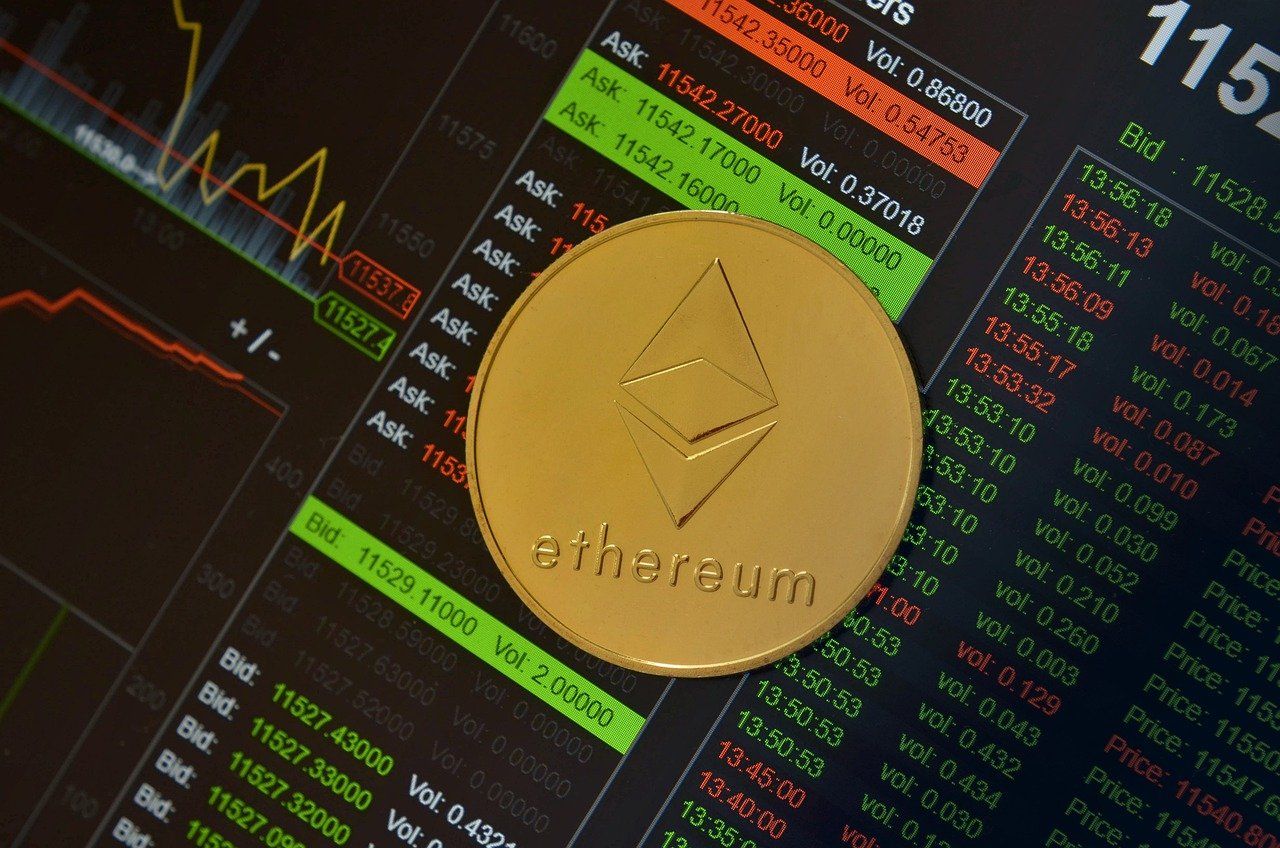When Ethereum first launched, it wanted to be the heart of a truly decentralized internet experience. With Ethereum, anyone can deploy immutable transactions on a public ledger, wherein other users can freely participate.
Since then, Ethereum has become the center of the charge for decentralized finance, the minting and exchanging of NFTs, and more. However, when it comes to Ethereum, it can be confusing as to why there are two different versions available—ETH and ETH Classic.
So, for those who joined the crypto space recently, you may be asking: why are there two types of Ethereum, and which one should you invest in?
What Was the Ethereum DAO Hack?
In 2016, The DAO (a decentralized autonomous organization) began a crowdfunding campaign to create an investor-driven venture capital firm. With this, investors could participate in block voting, which could help direct the platform's future.
Less than a year after the Ethereum network's launch, The DAO launched a token sale intended to last 28 days. With over 11,000 investors, The DAO raised $150 million worth of Ether (the native token of the Ethereum platform) in just three weeks.
However, a vulnerability in the code of The DAO's wallet smart contracts led to malicious actors exploiting it before it could be resolved. With this, over $60 million tokens of Ether disappeared from the pool, shocking the blockchain community as a whole.
Due to this highly publicized debacle, the Ethereum network, its developers, and supporters experienced first-hand the dark side of decentralization and the various ways wherein fraud is still possible on the blockchain.
The Hard Fork: The Creation of ETC and ETH
Initially, the Ethereum developers wanted to implement a soft fork to reverse the transactions that occurred before the hack. However, after many dramatic threats from the supposed attackers, the Ethereum development team opted for a hard fork instead.
Unlike a soft fork, wherein there is simply a divergence in a blockchain, a hard fork creates two different blockchains with a radical change in protocols. With this came the birth of Ethereum (ETH) and Ethereum Classic (ETC). The two platforms offer the same technology platforms with several key differences.
So, whether you're new to crypto or have always wondered about the differences between Ethereum and Ethereum Classic, here are the five key differences between the two.
1. ETH vs. ETC: Ideology
In the aftermath of the hack, developers and users of the Ethereum platform could not agree on how to handle it. On the one hand, many people were keen to reverse the questionable transactions. On the other, many people also believe that a blockchain's history is sacred and should not be tampered with.
To sum up its ideological differences, the Ethereum Classic's website states, "We believe in the original vision of Ethereum as a world computer you can't shut down, running irreversible smart contracts."
2. ETH vs. ETC: Diverging Consensus Mechanisms
In blockchain, consensus mechanisms are fault-tolerant systems. With consensus mechanisms, blockchains reach an agreement on a single network state across nodes.
Similar to Bitcoin, Ethereum Classic uses a proof-of-work model, wherein miners validate transactions through complex mathematical puzzles.
Alternatively, ETH is working towards the proof-of-stake model, wherein users validate transactions using Ether held by them, producing rewards for adding blocks to the chain.
3. ETH vs. ETC: Trading Volume
Trading volume is the total of actual trades taking place using a particular currency. In general, higher trading volume equates to the liquidity of a cryptocurrency. In addition, higher volume also reflects the general interest of its community and increased pairings on exchanges with other cryptocurrencies and fiat money.
According to Statista, ETH processes more than 1.1 million transactions per day. Compared to ETC, ETH has a significantly larger trading volume. Because ETC has a fraction of the trading volume of ETH, its price can be more volatile, which can be a bane or boon to those who view it as an investment vehicle.
4. ETH vs. ETC: Market Cap & Maximum Coin Supply
The total number of coins in circulation multiplied by their price determines cryptocurrency market caps. With this, the total market value of ETH and ETC depends on its circulating supply, not its total supply.
Similar to Bitcoin, the Ethereum Classic network's max supply is around 210 million. As of writing, the current market cap for ETC is $9.5 billion. With this, ETC is likely to experience higher volatility as an investment vehicle.
On the other hand, Ethereum has no max supply but has an annual cap of 4.5% per year. So, for example, at the time of writing, ETH has a market cap of $460 billion, which is second only to Bitcoin at $900+ billion.
Generally, market caps can reflect strong indications of popularity or investor interest. However, market caps do have limitations, such as a coin's maximum supply not necessarily reflecting the amount in circulation in the future and should not be used as the sole indicator of the health of a cryptocurrency.
For example, millions of Bitcoins mined are considered lost, so the actual number of tokens in circulation is significantly lower.
5. ETH vs. ETC: Mining
According to Coin Bureau, ETC only requires half the hash rate to break even on your mining rig. In addition, since ETC has a maximum supply, miners will earn primarily from transaction fees instead of minting new blocks once ETC reaches its cap.
Since Ethereum Classic is easier to mine than Ethereum, ETC can be more suitable for GPU miners.
ETH vs. it's: Different Ideologies, Similar Tech
If you're considering investing in either, it's important to understand that the cryptocurrency market is highly volatile. There's never a guarantee that any coin will stand the test of time.
Despite the state of its technology and its complicated history, the crypto market has proven that the better technology doesn't always guarantee public interest or profitability. As ever, never invest more than you can afford to lose!





